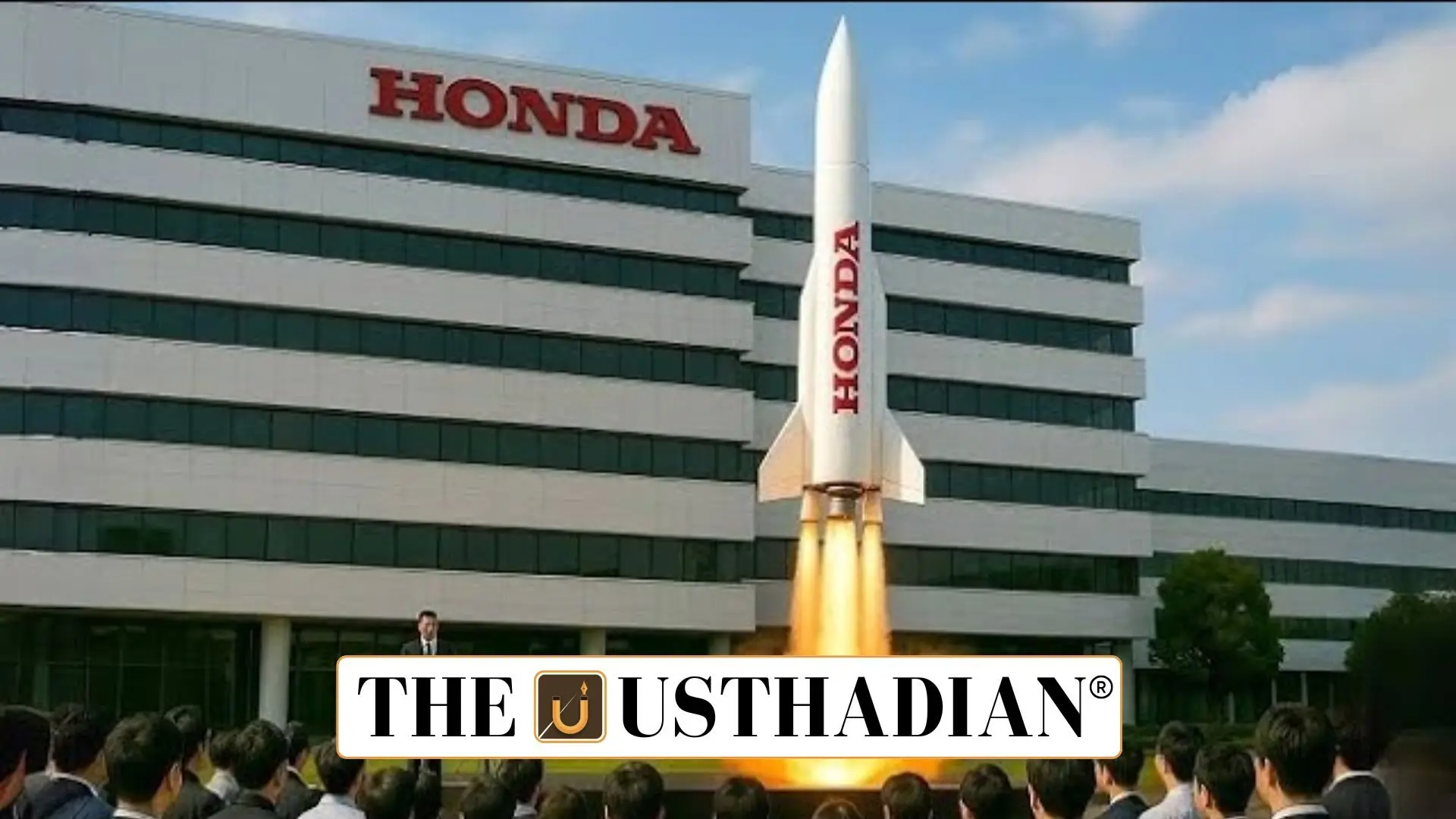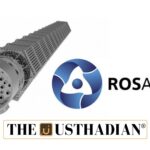Honda enters the space race
Honda’s Leap into Space Tech with Reusable Rocket Test: Honda, widely recognized for its two-wheelers and cars, has now taken a bold step into space technology. On June 17, 2025, the company successfully tested its first experimental reusable rocket at Taiki Town, Hokkaido—also known as Space Town in Japan. This test didn’t just show off engineering skills but also marked Japan’s entry into reusable rocket innovation outside the US and China.
Test features and success markers
The rocket was 6.3 meters long, and while compact in size compared to major rockets like SpaceX’s Falcon 9, it was packed with powerful features. The test flight lasted 56.6 seconds and reached a height of 271.4 meters. Impressively, the rocket landed just 37 cm from the intended spot. That level of precision highlights how advanced autonomous navigation and stabilization systems in Honda’s tech are already becoming.
This wasn’t just a display. The company aimed to validate several core functions: from flight stability during ascent and descent to accurate landing using ground target-locked systems. The total weight of the rocket during launch was 1,312 kg, while its dry mass stood at 900 kg.
What makes this important?
The biggest takeaway is reusability. Instead of letting rockets burn out after one launch, companies like SpaceX, Blue Origin, and now Honda, are focusing on recovering and reusing rocket stages. This method cuts down cost, saves time, and improves access to space.
Static GK Note: Japan is now among the few countries developing private-sector reusable launch systems, joining the ranks of the USA (SpaceX, Blue Origin) and China (iSpace, CASC).
Honda’s future in space
By 2029, Honda plans to launch suborbital flights, reaching the edge of space (around 100 km altitude). These launches will support missions like earth observation, weather tracking, and building satellite constellations—similar to what Starlink does.
This puts Honda on the global map not just as a carmaker, but as a tech player in the growing space market. More importantly, it opens the door for other non-traditional companies to join this high-tech sector.
Static GK Note: Taiki Town is known for its role in Japan’s aerospace efforts and houses JAXA’s balloon launching facility as well.
Static Usthadian Current Affairs Table
| Summary | Details |
| Why in the news | Honda successfully tested a reusable rocket |
| Rocket Type | Experimental reusable rocket |
| Launch Site | Taiki Town, Hokkaido, Japan |
| Flight Duration | 56.6 seconds |
| Altitude Reached | 271.4 meters |
| Rocket Length | 6.3 meters |
| Total Weight (Wet) | 1,312 kg |
| Landing Accuracy | 37 cm from target |
| Planned Use | Earth observation, weather tracking, suborbital missions |
| Next Goal | Suborbital launches by 2029 |








